Are you training for the Whistler Gran Fondo or any other big race this season?
Here is a first of a series of posts written by COAST Physiotherapist and former Professional Triathlete James Cook to help you effectively train and perform at your best.
“Dead Spots”
Your head and upper body should be “quiet” when cycling. If you notice your head bobbing around, your trunk twisting, or your pelvis excessively rocking while riding you may have some “dead spots” in your pedal stroke.
What is a “Dead Spot”?
It’s a moment when there is no force being applied to your pedal. This is an inefficiency in your pedal stroke, resulting in a loss of power, and can contribute to discomfort while riding.
To identify if you have dead spots in your pedal stroke, try some single leg pedaling. Place your bike on a stationary trainer and unclip one leg, placing it on a stool or box beside your bike or on the frame of the bike or trainer itself. You should hear a smooth, quiet pedal stroke with no “clunks”, “bumps”, or “hiccups”. If your stroke isn’t smooth and quiet you likely have a dead spot.
How do you fix your dead spots?
A dead spot could be caused by a less than ideal set up of your bike, muscle recruitment or strength imbalances, or deficiencies in your technique. Here are some things to try to iron out these inefficiencies.
Adjust The Height of Your Saddle
If your dead spot is at the top of the pedal stroke it may be because your saddle is too low and you can’t drive consistent power through the top of the stroke in this position. Try raising the saddle slightly and see if this smooths it out. Conversely, if your dead spot is at the bottom of the pedal stroke then this could mean that your saddle is too high and you are reaching for the bottom of the stroke. If you are unsure of how high to place your saddle make sure you book a bike fit with a professional, this will help set you up for optimal comfort and performance while cycling.
Incorporate Transitions
Incorporate transitions from push to pull and vice-versa in your strength training. Exercises such as a reverse lunge to step up and split squat to single leg deadlift can be helpful for working on your single leg strength and transitioning from using the muscles of the front of your leg to the back and vice-versa.
Do Single Leg Drills
These are excellent additions to any bike workout. I would recommend getting comfortable with them on your trainer before trying them on the road. Try the following set:
4 rounds of 15 seconds Right only, 45 seconds both legs
4 rounds of 15 seconds Left only, 45 seconds both legs
3 rounds of 20 seconds Right only, 40 seconds both legs
3 rounds of 20 seconds Left only, 40 seconds both legs
2 rounds of 30 seconds Right only, 30 seconds both legs
2 Rounds of 30 seconds Left only, 30 seconds both legs
When you are pedalling with one leg, focus on drawing smooth circles with your toes, maintain consistent pressure on the pedal through both the push and the pull phases to iron out any dead spots you notice. Take it slow at first and increase your cadence as you are able while maintaining consistent and smooth strokes.
Prior to becoming a physiotherapist James was a Kinesiologist as well as a Professional Triathlete. He specialized in long-course triathlon, and competed in multiple Ironman and Ironman 70.3 events. He spent 4 years on the Canadian National Team as a guide to a visually impaired triathlete. Together they represented Canada in competitions all over the world, including 3 world championships.

